Ask any marketer what the #1 goal of SEO is, and they’ll probably tell you it’s to get to position #1 on the first search engine results page (SERP).
That’s the dream: page 1, position 1.
And, yes, it makes sense.
The whole first SERP is prime real estate, but position 1 is especially valuable.
The data backs it up. When you get position one, your CTR is going to be at least 200% higher than the closest runner-up, position 2!
Of course, there are lots of roadblocks in the way of actually getting this spot. There’s a lot more than meets the eye.
For example, you can’t just think about ranking for certain keywords and getting authority backlinks––you have to think about tons of other factors that influence ranking.
One of those factors is Domain Authority (DA).
DA is a ranking metric developed by Moz that predicts how well a site will rank. It’s one of the industry standards we use when we talk about SEO and ranking on the SERPs.
DA is measured on a scale of 1 to 100. The closer you are to 100, the more traffic and better ranking you’ll have.
But––you guessed it––a low DA can result in huge losses of traffic and ranking. That’s why it’s important to have a good DA.
I see lots of people having trouble changing their DA and that’s because it’s somewhat of a long-term process. You can’t just make a couple of changes and expect your DA to skyrocket.
However, there are actionable steps you can take to improve your DA. It won’t happen overnight, but it’ll happen faster than you think.
I’ve put together this plan that helped one of my clients increase their DA by 5 points in just 2 weeks. Take it from me. This plan works.
If they could do it, you can too.
Understanding DA
Before you do anything about your DA, you need to understand what elements affect DA.
But even before that, you need to find out what your site’s DA is.
Moz, who created DA, has a free tool called Open Site Explorer (OSE) that you can use to check your DA.
Head over to moz.com/researchtools/ose. You’ll see a page with a search bar in the middle:
Enter your site URL into the search bar.
Hit “Search.” You’ll see a results page:
Your DA will be listed underneath the “Authority” heading:
I’d say most DAs hover around the 40–60 mark, roughly speaking. But that range is for sites that have spent some time building authority, backlinks, and traffic. Brand new sites will have a smaller DA.
My friend Mike has a site that is only a few years old. The DA for that site is now at 41.
Don’t get discouraged if your DA is low! No matter what your DA is, you can take steps to increase it.
Today, the DA for Quicksprout (one of my other blogs) is at 77. But it took me eleven years and hundreds of thousands of links to get to that level.
This takes time, for reasons which you’ll soon understand. Thankfully, there are some ways to level up quickly.
Next, let’s take a look at what exactly makes up DA.
Moz has an entire page dedicated to DA:
Unfortunately, DA is hard to define in a specific way. Moz just says that it’s “based on data from the Mozscape web index.”
In other words, they have a trade secret algorithm (like Google does) that determines DA.
However, Moz does name a few of the factors:
- MozRank
- MozTrust
- Link profile
Unsurprisingly, 2 out of the 3 are based on Moz’s proprietary systems.
They also say that there are over 40 factors that are used to figure out DA. So improving DA isn’t as simple as improving a few of your metrics.
Your link profile influences other metrics used to determine DA. Plus, the fact that Moz specifically mentions your link profile means it’s important in some way.
Something else you have to think about: Since Moz, like Google, uses a ton of factors in their algorithm, you need to see DA improvement as an SEO best practice.
Thinking about your DA should be part of your overall SEO strategy.
I think this is where lots of people get it wrong. They see DA as something isolated, when it’s really part of SEO as a whole.
For example, here’s a graph from SEO Siren that breaks up DA into component parts:
(Note: This graph represents SEO Siren’s thoughts on what makes up DA.)
The point is that DA is the sum of several parts, and you need to focus on all the parts if you want to improve your DA.
It’s important to know that the domain authority scale is logarithmic.
What the heck does logarithmic mean?
Here’s my non-mathematician attempt to define it. Logarithmic means that the scale increases nonlinearly. In other words, the scale’s “distance” from 50 to 51 is greater than the “distance” from 40-41.
What does this mean practically?
We score Domain Authority on a 100-point, logarithmic scale. Thus, it’s significantly easier to grow your score from 20 to 30 than it is to grow from 70 to 80.
If you’re coming to this guide with a DA of 95, and want to move up to 100, it’s going to be unlikely.
Why? Because moving the scale by just one point at such a high level takes exponentially more effort, time, backlink juice, and whatever else goes into Moz’s algorithm.
If your DA is, say, a 15 or 20, you may be able to follow this plan and boost your DA by 7 or even 10 points!
So with all of that in mind, let’s look at some different strategies for getting your DA up.
Conduct a link audit
If you want a great DA ranking, you’re going to have to focus on maintaining a healthy link profile.
Simply put, your link profile is all of the backlinks your site has earned.
Google likes link profiles that have lots of variety, as that means the link profile in question is authoritative, and that’s a sign of a good, trustworthy site.
But Google also likes link profiles that are healthy. In a nutshell, a “healthy” link profile is one that follows Google’s guidelines.
There are some link strategies that will get your site penalized and make your link profile unhealthy.
Google calls these “link schemes.” They’re non-organic methods of getting backlinks, which is frowned upon.
Here’s Google’s official list of prohibited link schemes:
I’m willing to bet you have more than a few links that fall into the category of link schemes. And that’s okay––no site is perfect.
But you should remove them (at least most of them) if you want search engines to see your site as an authority.
Trust me, there are much better and safer ways to get great backlinks.
And frankly, if you do engage in a link scheme, you’ll probably end up with backlinks that aren’t relevant or high quality.
But before you get those links, you need to perform a link profile audit to assess your current link situation.
You can do this with Ubersuggest. Here’s how:
Step #1: Enter Your Domain and Click Search
Step #2: Click Backlinks in the Left Sidebar
Step #3: Review the Overview
The overview provides three important pieces of information pertaining to your link profile:
- Domain score – The overall strength of your website, ranging from 1 (low) to 100 (high)
- Backlinks – The overall number of links to your website
- Referring domains – The number of unique domains linking to your website
Step #4: Review Your Backlinks
As noted above, your goal is to pinpoint any links that fall into the category of link schemes. Depending on the size of your site and number of backlinks, this can take some time.
Pay close attention to the Domain Score of the linking website. Anything 40+ is typically high quality. Below that, pay closer attention to the relevance of the site, its content quality, and how it links to yours.
Once you’ve finished your link audit, make sure to disavow any bad or unwanted links. This will help you clean up your link profile, which will make Google happier and increase your DA.
I won’t get into the full process of conducting a link audit (since that would take forever), but here’s a guide that shows you how to do it.
Get high-quality links
I mentioned that there are better alternatives to link schemes, and I want to share some of my favorites with you.
No matter which of these methods you end up using, you absolutely have to create amazing content that draws in people.
If that sounds familiar, that’s because it is. It’s a little something called content marketing, and it’s critical for a great link-building strategy.
If you’re producing awesome content, other sites in your niche will link to your site. And that will organically increase your DA (and give you a ton of other sweet benefits).
Once you’re producing content worth linking to, there are a few ways of getting those links.
One of my favorites is what my friend Brian Dean from Backlinko calls the Moving Man Method.
Here’s a video from Brian explaining it:
https://www.youtube.com/watch?v=lVMaSvTVmGI
This is one of the best link building methods because you’re genuinely helping someone out.
You’re not violating any search engine guidelines, and you can build a relationship with sites while you’re at it.
You can read more about the Moving Man Method here.
Another great method that I love is using Quora as part of a backlink strategy.
You’ve probably noticed I talk about Q&A sites quite a bit. That’s because they’re one of my go-to sources for content marketing, and you can also use them to get legitimate backlinks.
The idea is to have content that answers questions in your niche. Then, when you see that question pop up on a Q&A site, you can answer it and link to your content.
For example, if your niche is email marketing, you would search that in Quora and then find a question like this one:
If you have content about increasing open rate, you could write a helpful answer and then link to your content.
If you use this method, make sure to write an actual answer! Don’t just link to your content.
The idea is the same as the Moving Man Method. You’re helping someone out and asking for a small favor in return. And most of the time, it works like a charm.
Whatever you do, don’t engage in any link schemes. I see a lot of sites using obviously paid links as the main part of their backlink strategies and you can bet their DA scores aren’t increasing.
Getting links the right way will help your DA soar. If you try to find all kinds of ways to cut corners, your DA will likely take a dive.
Here are some of my favorite ways of getting backlinks without using any link schemes.
Create content your readers will love
There is one small problem with the backlinking methods I just shared with you.
They don’t work if you don’t actually have amazing content to begin with!
Getting your actual content right is a huge part of SEO, even though it’s not technically an SEO technique.
If your content isn’t great, no one will visit your site. And if no one visits your site, your SEO won’t improve.
SEO isn’t just about search engines and algorithms. It relies on real people for traffic, social shares, and, yes, backlinks.
If you want a role model for reader-friendly content, look at blogs like Smart Passive Income.
Pat always posts in-depth content, and each article addresses a specific topic.
Copyblogger is another excellent example.
They publish lots of detailed long-form content that addresses concerns their readers have.
I’ve written before about the benefits of long-form content, but you don’t have to go all-in with long-form.
Quality matters way more than length. If you write content that answers your readers’ most burning questions, you’ll get attention and your SEO will improve.
You need to go deep with your content. Your content should be comprehensive and cover every little detail of a topic.
You should also pay special attention to your on-page SEO when writing content.
Here are a few tips to keep in mind:
Keep it simple. Don’t use long, complicated sentences and huge paragraphs. Make sure your content is user-friendly by using short paragraphs and sentences.
You might not have noticed this, but I rarely use more than two sentences per paragraph. And my sentences are pretty short.
This helps break up the page, which helps you read it better.
After all, which would you prefer? This:
Or this:
If you picked the second option, you’re like millions of other readers out there.
So do your visitors a favor. Use short paragraphs and sentences.
Include media. Images, infographics, and video all help break up content even more and add visual interest.
Make sure you give your images alt and title text. Of these two types, alt text is more important.
Your alt text should contain your keyword and give a general description of the image.
Crack down on your SEO
Moz suggests improving your overall SEO in order to improve your DA. That’s not surprising, considering SEO is a big part of any successful site’s strategy.
Unfortunately, there are no documented cases of any particular SEO techniques increasing DA more than others. All we know is that enhancing SEO is important.
That means focusing on improving both your on-page and off-page SEO. Like I said earlier, improving your DA should be part of your SEO strategy.
Here are a few aspects of SEO (both on-page and off-page) that you might want to consider working on:
Meta tags. Title tags and meta descriptions are key aspects of on-page SEO. These help search engines process your site easier, and they also help human readers find the most relevant content on your site.
This is most obvious on SERPs:
If search engines and people can process your content easily, your DA will go up.
Mobile-first SEO. With the launch of Google’s mobile-first index, it’s more important than ever before to think mobile.
If you haven’t already separated desktop and mobile into two completely different categories, you should do that today.
Mobile environments have their own needs, and since most web traffic is mobile, you need to be paying extra attention here.
For one, this means you should have a responsive design with no annoying interstitials.
Source: Quicksprout.com
You should also perform mobile keyword research.
Last but not least, focus on typical issues like site speed, user experience, and site navigation.
Like SEO in general, mobile SEO isn’t just something you do. It’s a way of thinking about your site.
Keep in mind that you don’t have to become a dedicated SEO to have a great SEO strategy. You can combine SEO and content marketing or include SEO as part of your local marketing.
Your 2-week plan
Let me put this all together for you before I wrap up the article.
If you use all of these methods in the next two weeks, I’m confident you’ll be able to increase your DA by 5 points.
Here’s what I specifically recommend.
Day 1: Conduct a link profile audit and disavow any unwanted links.
Days 2-4: Focus on on-page and off-page SEO. Think of this as getting the more technical stuff in order first.
Mainly focus on aspects like these:
- Title and meta tags
- Site speed
- User-friendly navigation (i.e., breadcrumbs, sitemaps, etc.)
- Backlink opportunities
Days 5-7: Start your content creation process. Find hot topics in your niche and write comprehensive content.
I highly recommend using some sort of editorial calendar to manage everything. Trello is great for this:
Days 8-10: Continue working on content. Aim to finish at least 4 short articles or 2 long-form pieces.
Days 11-14: Use any or all of the backlinking methods I mentioned in this article. Make it a goal to get at least 2 backlinks within a few days.
You’ll want to reach out to several authorities and influencers in your space. The idea here is to send out a bunch of pitches and see where they land.
For a thirty-day plan to get 100 authoritative backlinks, check out this handy guide.
Link building and domain authority boosting go hand in hand, so don’t brush off this final step as unnecessary.
And don’t stop creating more content. You want to keep your editorial calendar moving. Long-form content is the most efficient way to bump up your DA.
Keep that in mind when releasing new posts.
A note on automation.
So you’ve reached the end of the two weeks.
What do you do now? Chill?
Heck, no.
Automate the process!
It’s not hard to do. Create a detailed guide on how to follow the process, outsource each step to your team members, and make sure they’re executing on a regular two-week cycle.
If you automate the entire process, then technically you only have to do 2 weeks worth of work to produce endless cycles of DA improvement.
As I explained before, the higher your DA gets, the more time and effort will be required to gain additional points.
So if your two-week plan isn’t consistently producing four-point increases, don’t feel like you’re doing it wrong. That’s to be expected.
Conclusion
There you have it. A nice and simple 2-week plan to increase your DA.
I’m confident this will work for you, but you have to be willing to put the work into it.
If you slack off or ignore some parts of the plan, it probably won’t work. And if you choose not to automate it, you’ll sacrifice consistent growth.
But if you follow each step, you’ll see a nice increase in your DA. If you have a high DA already, you might not see it before the 2 weeks are over, but you’ll see it sooner than later.
More than anything, I hope you start focusing more on DA in your long-term SEO strategy. It gives you a solid metric to look at and see how your site performs over time.
Are you going to use this plan to get a better DA score?


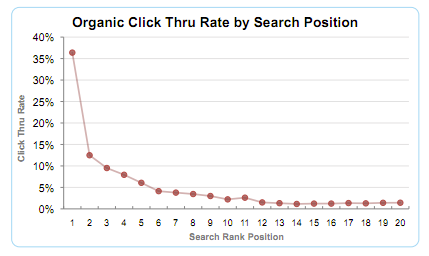
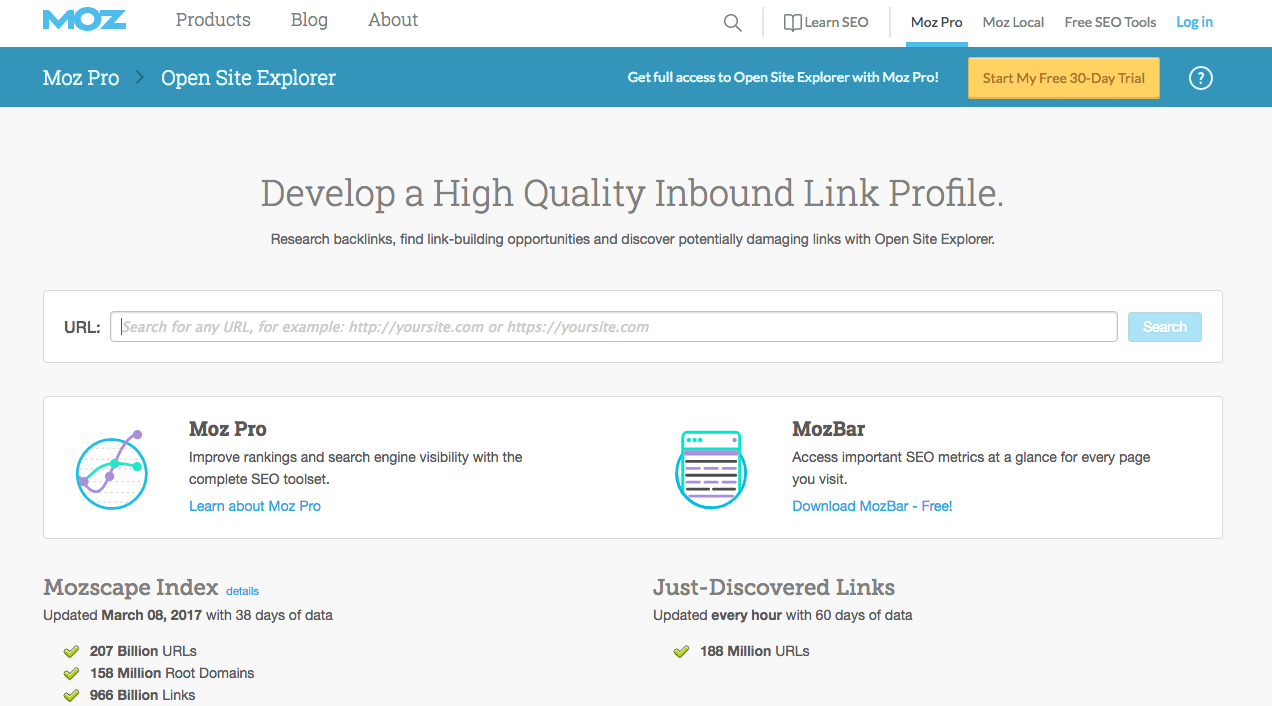






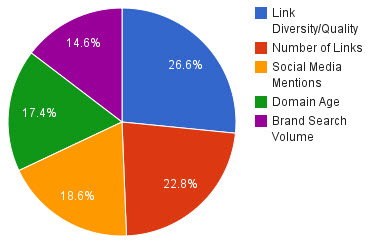
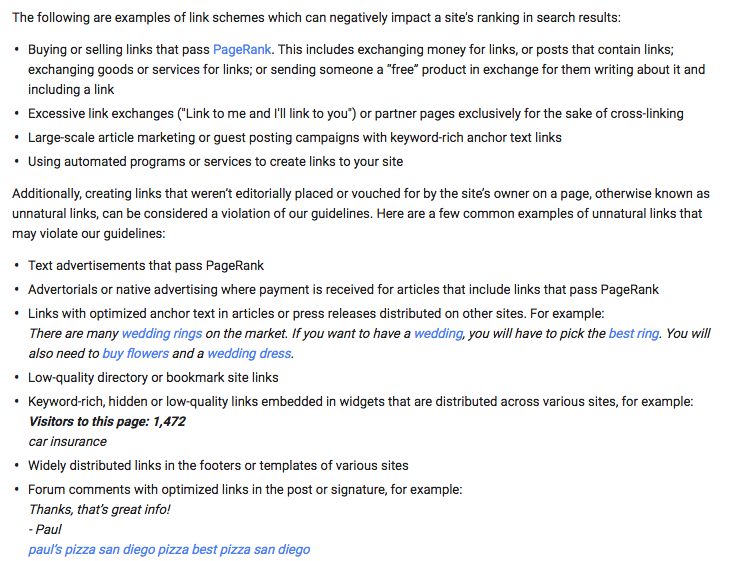




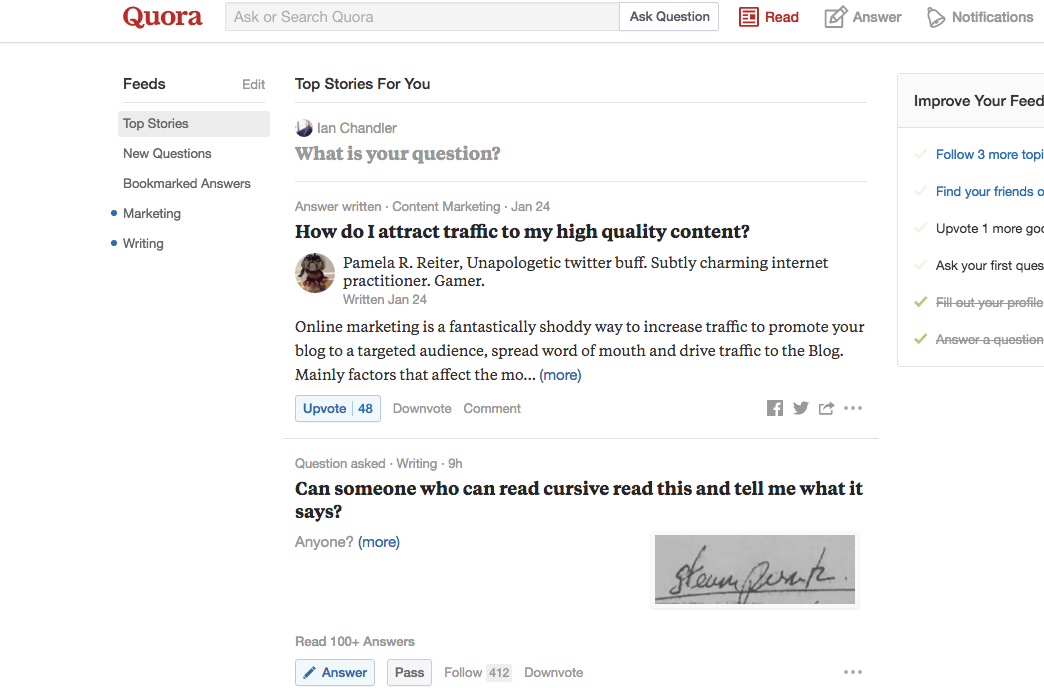
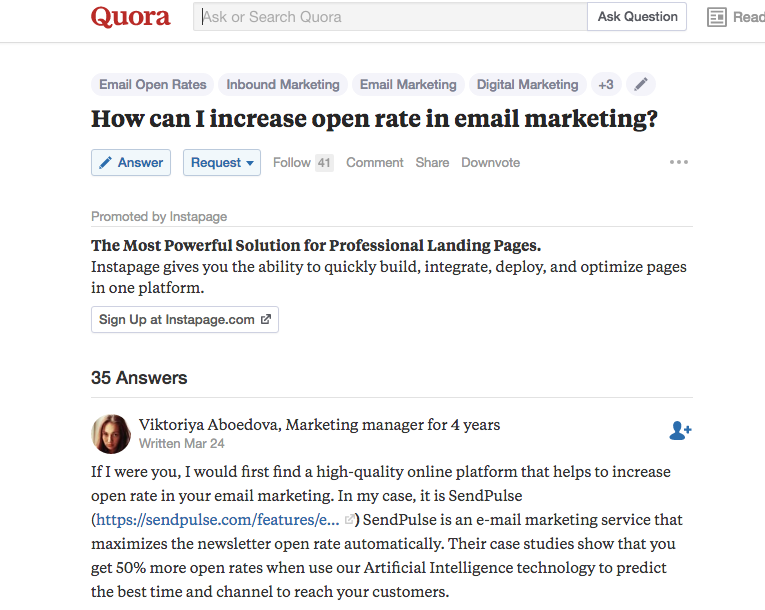

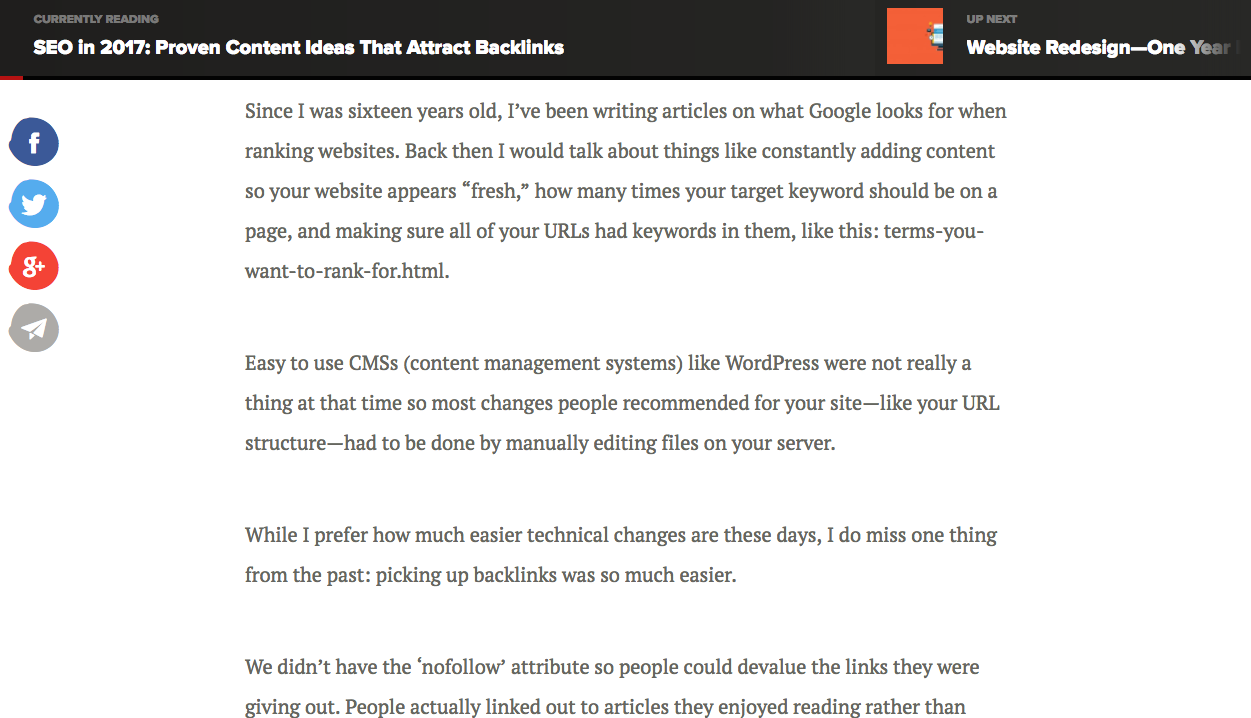
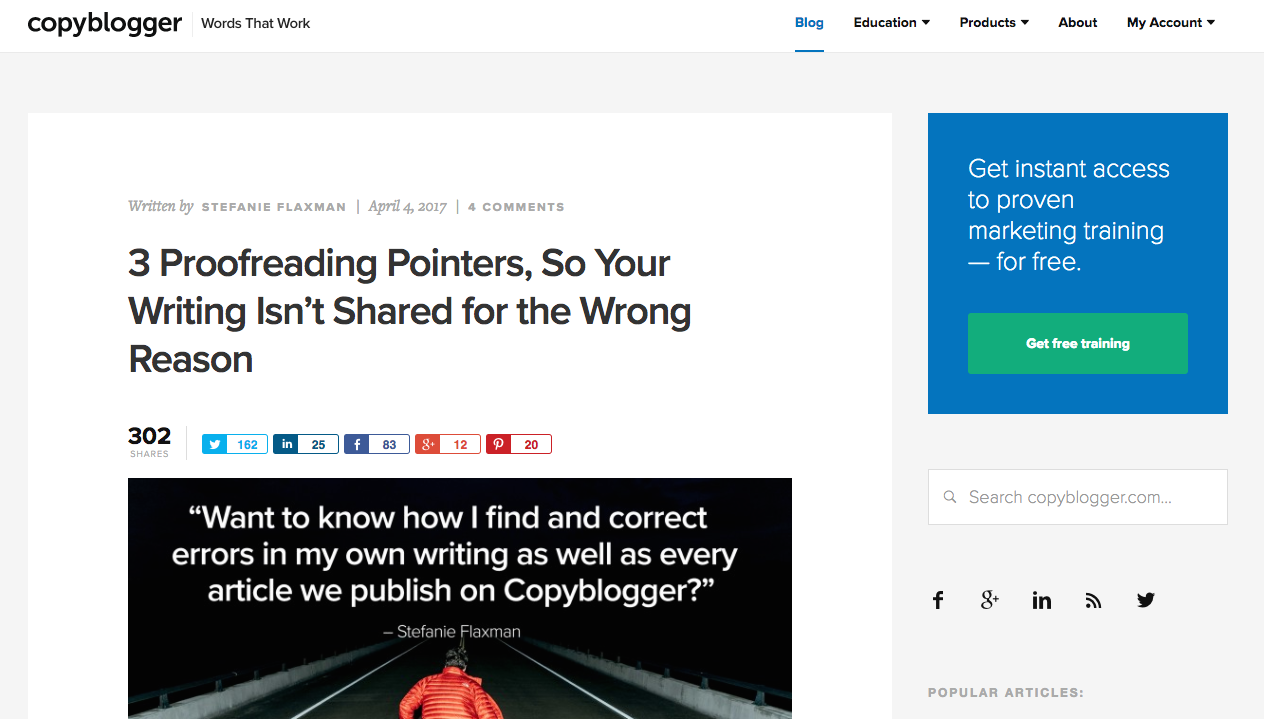

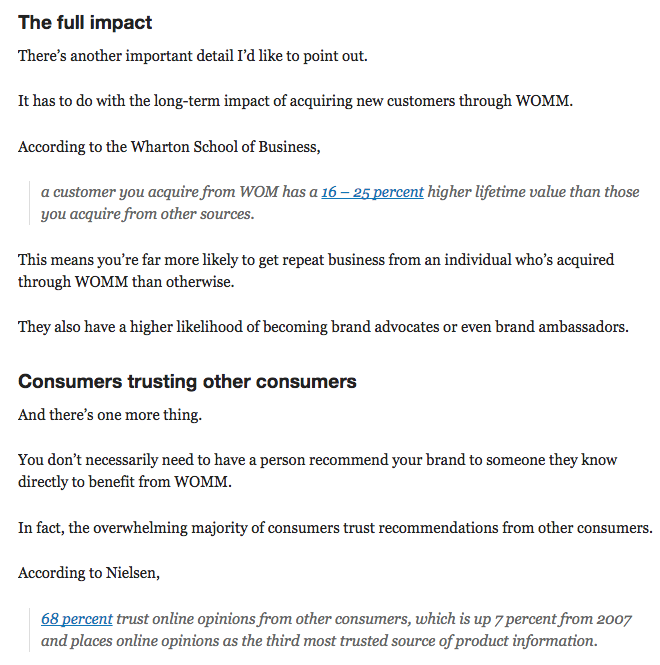


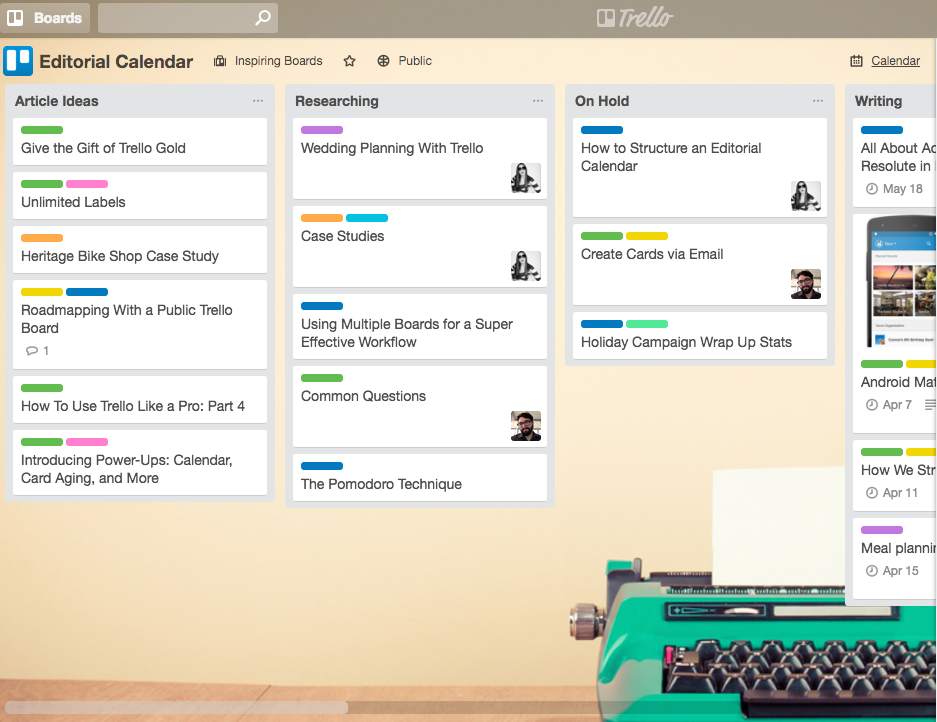
Comments (434)